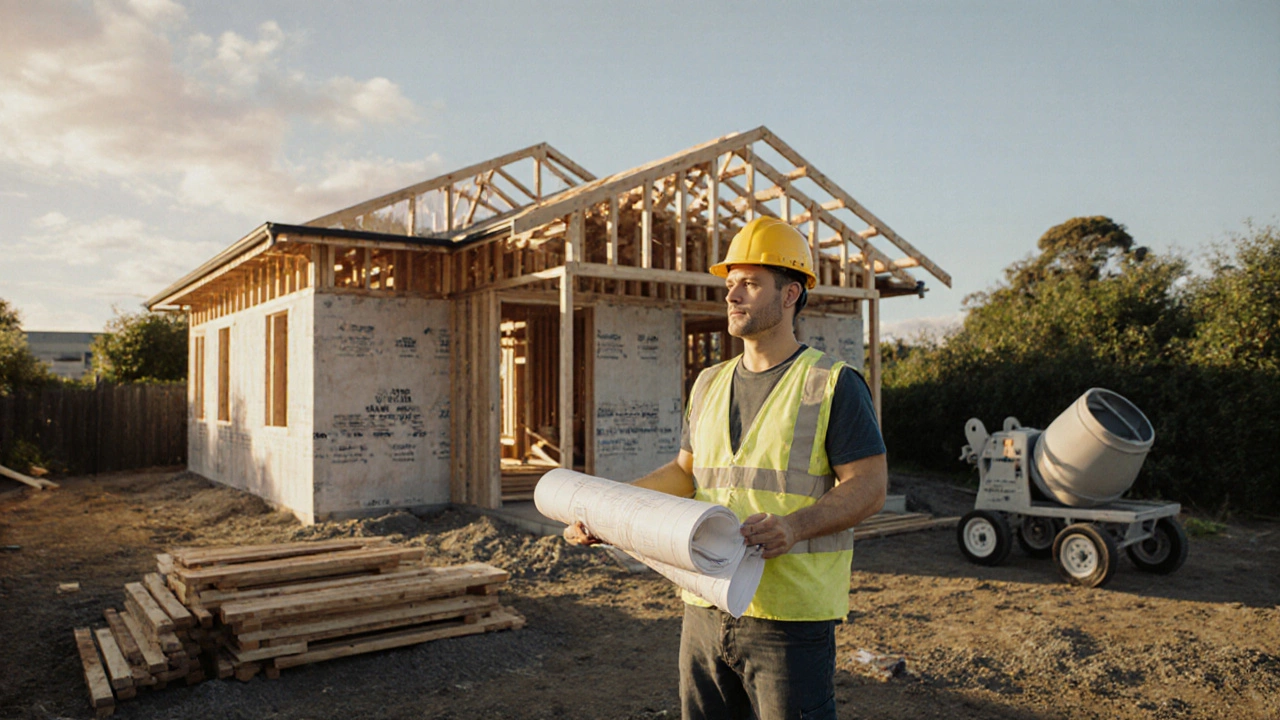Contractor Tiers Explained: What They Mean and How They Affect Your Project
When you hire a contractor, a licensed professional hired to manage or carry out construction or renovation work. Also known as builder, it isn’t just about who shows up with tools. Contractor tiers, a classification system that ranks contractors by experience, licensing, insurance, and project scope determine who’s allowed to take on what job—and how much you’ll pay for it. These tiers aren’t made up by contractors; they’re set by state and federal agencies to protect homeowners and ensure work meets safety and quality standards.
Think of contractor tiers like driver’s licenses. A basic license lets you drive a car. A commercial license lets you haul freight. A specialized license lets you fly a plane. Same idea. A residential contractor, a professional licensed to work on homes, apartments, and small buildings might handle your kitchen remodel or bathroom upgrade. But if you’re building a new office or adding a retail space, you need a commercial contractor, a contractor certified to manage larger-scale projects with stricter codes and higher liability. Skipping the right tier? You risk poor work, denied insurance claims, or even fines if your project violates building codes.
Higher tiers usually mean more experience, better insurance, and access to bigger permits. But they also mean higher prices. A Tier 1 commercial contractor might charge double what a Tier 2 residential pro charges—but they’re also the only ones legally allowed to sign off on a new warehouse or hospital wing. Many homeowners don’t realize that some contractors advertise "full-service" but only hold a basic license. That’s fine for a toilet replacement, but not for structural changes or electrical rewiring in a multi-unit building. The contractor tiers system exists so you don’t accidentally hire someone who can’t legally do the job you need.
What you’ll find in the posts below are real-world examples of how contractor tiers shape everything from kitchen remodels to foundation repairs. You’ll see how the 1-3 rule in commercial construction ties into licensing limits, why some roof payments require a commercial-grade contractor, and how mixing residential and commercial work in one project can get you into legal trouble. There are also breakdowns of who earns the most in construction, what happens when you hire an unlicensed pro, and how to spot a contractor who’s overstepping their tier. This isn’t theory—it’s what actually happens on job sites across the UK and beyond. Whether you’re planning a bathroom redo or a full commercial build, knowing the tier system saves you money, time, and stress.

